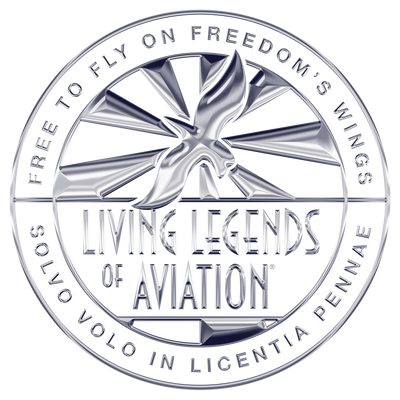DAVID GRESCHKE

David Allen Greschke (born May 2, 1946), callsign “Bulldog,” is a retired Air Force Fighter Pilot (22 years), having flown the F-4C/D/E Phantom and the F-15A/C Eagle as an Instructor Pilot, Functional Check Flight (FCF) pilot, and Flight Examiner, and a retired Air Force Research & Development Engineering Manager (20+ years). He was born in Huron, SD, and received his BS degree in Electrical Engineering from South Dakota State University (SDSU) in 1969 and his Master’s Degree from the University of Northern Colorado in 1976.
After working two summers during college and six months after graduating from SDSU in June 1969, where he worked for Illinois Bell Telephone, Chicago Engineering, as a software engineer developing advanced computer programs, he entered Undergraduate Pilot Training (UPT) at Craig AFB, AL, in November of 1969. Graduating 3rd in his class, he chose an F-4 assignment upon graduating from UPT in December of 1970. During F-4 training he volunteered to go to Vietnam. After completing Water, Global, and Jungle survival schools, he was assigned to the 366th Tactical Fighter Wing, “The Gunfighters,” 4th Tactical Fighter Squadron, Da Nang AB, South Vietnam and reported in September, 1971. He flew 147 missions in Laos, and North and South Vietnam in the F-4E Phantom II.
During his Air Force career, his investigations into F-4 blown tires on landing incidents led to the Mark III Anti-skid system which added the weight-on-wheels switch to disable brakes until the struts were fully compressed and this switch was then incorporated into the F-15 and F-16; Greschke wrote the computer program that automated bomb scoring on the Konya Bombing Range, Konya, Turkey; as the Chief, Europe Southwest Asia Warplans Greschke designed and programmed the Plans Automated Development System (PADS) which automated the production of the timed-phased force deployment list (TPFDL) and PADS was first used to produce the forces list for Desert Shield and Desert Storm; he was one of the original preselected 32 pilots to become Instructors in the F-15 at Luke AFB in the 1970s. He retired from the Air Force on September 1, 1992. He has been awarded the Distinguished Flying Cross, nine Air Medals and numerous other awards and medals.
Following his retirement from the USAF, Greschke became a defense contractor at the Warfighter Training Research Division of the Air Force Research Laboratory, Mesa, AZ, and later Dayton, OH. A few of the developments he and his team accomplished while at the lab include designing and developing the DoDs first high fidelity, networked fighter simulator F-16 four-ship at AFRL Mesa, 1996-1997; designing and developing the first USAF Multi-ship Distributed Mission Training demonstration at the Air Force Association’s 50th Anniversary Exhibition, Las Vegas 1997, which convinced Air Force leadership to create and fund the Air Force DMT/DMO program; Greschke was one of the Principal authors of the US Air Force’s Technology Investment Strategy (TIS).
In 2000, Greschke was designated by NATO to be the Chairman of the NATO SAS-034 Technical Task Team that developed the first NATO multi-national real-time distributed training simulation network infrastructure for a Coalition demonstration called “First WAVE” involving the US, Canada, Germany, France, Italy, The Netherlands, and United Kingdom, and sixteen sites in those countries, that was completed in November 2004; developed the world’s first deployable F-16 simulator four-ship; received numerous national and international awards for technology developments associated with Warfighter training. Greschke is an internationally known expert in distributed mission training technologies and methodologies. He is the author and coauthor of numerous technical white papers and book chapters.
He and his wife, Debra, now live in Flagstaff, AZ.

